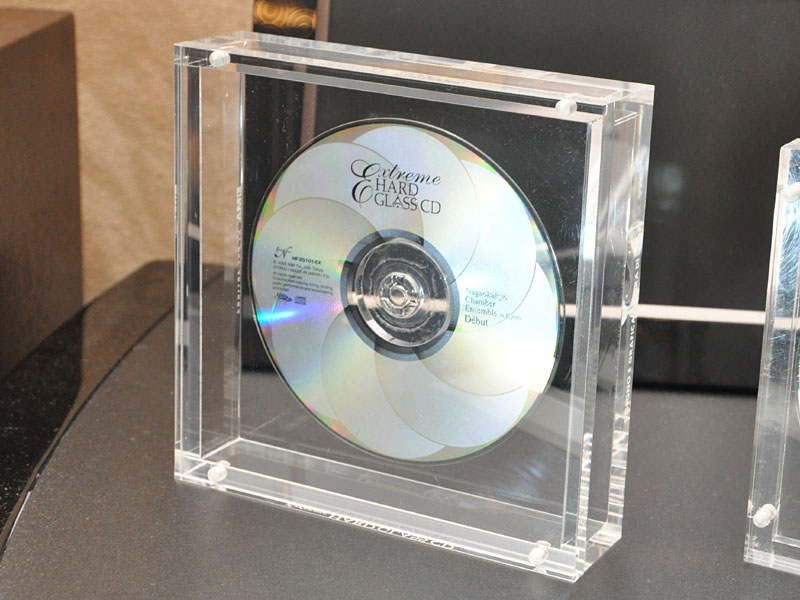Which is better : the Rectilinear III, at $299,
or a comparably priced but totally different -sounding
speaker by another reputable manufacturer?
The ready answer to that question by a nice,
clean -living salesman or boy-scout hi-fi expert is:
"It's a matter of taste. Whichever you prefer
for your own listening. They're both good."
We want you to know how irresponsible
and misleading such bland advice is.
Think about it:
A loudspeaker is a reproducer. The
most important part of that word is the
prefix re, meaning again. A loudspeaker
produces again something that has
already been produced once.
Not something new and different.
Therefore, what it correctly
reproduces should be identical to the
original production. The reproduction is either
right or wrong. Two different -sounding reproductions
can't both be identical to the original.
The common fallacy is to call the reproduction
wrong only when it's obviously unpleasant ( fuzzy or
shrieky highs, hollow midrange, etc.) . But what
about a pleasingly plump bass, lots of sheen on the
high end, and that punchy or zippy overall quality
known as "presence"? Equally wrong. And, because
of the seductive "hi-fi" appeal, much more treacherous.
To glamorize the original that way amounts
to having a built-in and permanently set tone control
in your speaker. For some program material it can be
disastrously unsuitable. Like the funhouse mirror
that makes everybody look tall and thin, it's great for
short and fat inputs only.


